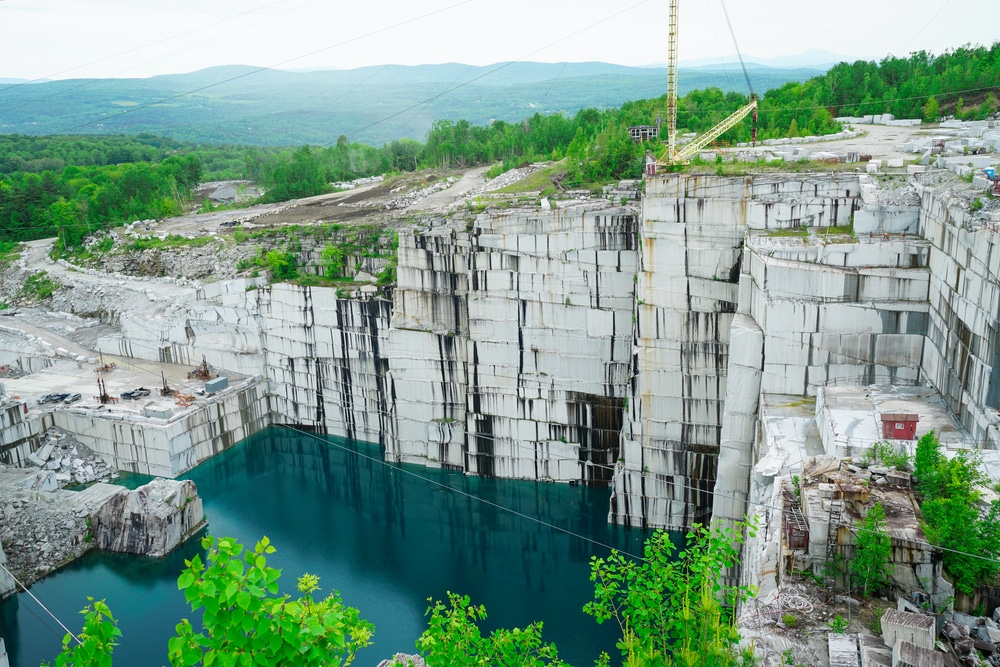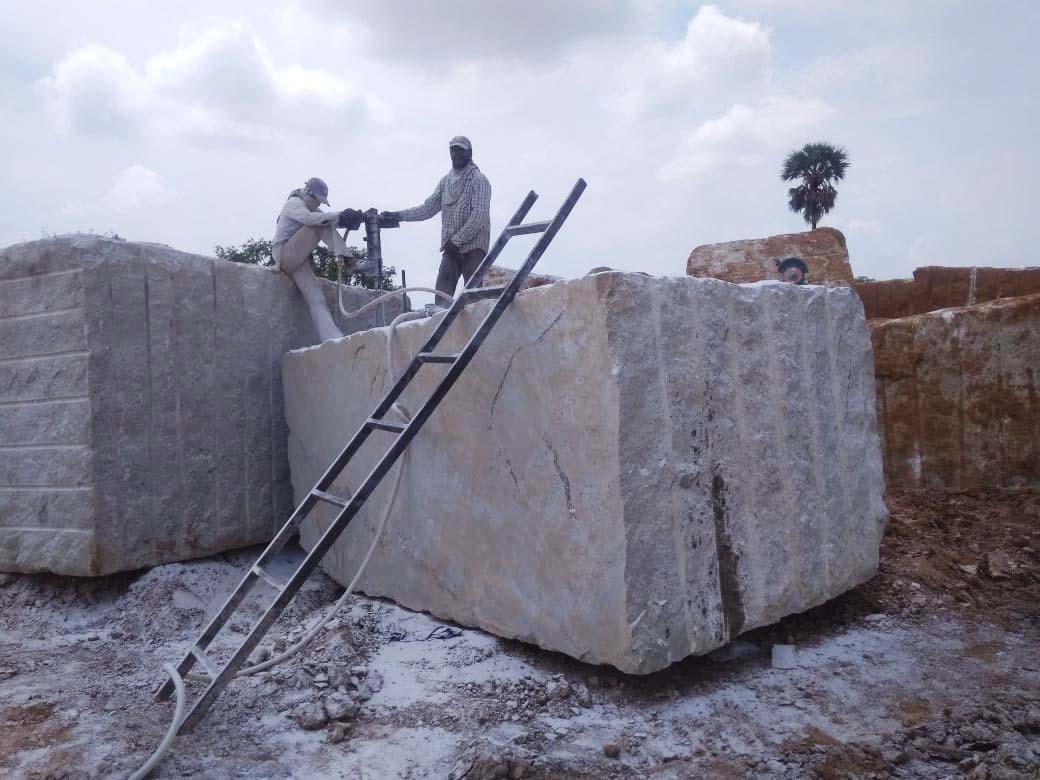A Journey With Granite Quarries in South Africa: Introduction Nature's Artistry
A Journey With Granite Quarries in South Africa: Introduction Nature's Artistry
Blog Article
Uncovering the Rich History and Sustainable Practices of Granite Quarrying
As we stand on the precipice of discovering the detailed tapestry of granite quarrying, a journey with time reveals not simply the physical act of removing rock however likewise the social and historic relevance woven right into the very fabric of this technique. From the old origins that laid the foundation for modern quarrying techniques to the sustainable techniques that are forming the future of this sector, each chisel mark on granite surface areas narrates waiting to be discovered (granite quarries in south africa). The legacy of granite quarrying extends much past mere removal; it is a testimony to human resourcefulness, durability, and the enduring allure of this majestic rock
Ancient Origins of Granite Quarrying
Dating back to ancient civilizations, the method of quarrying granite has been an important component of human background and building innovation. The earliest proof of granite quarrying dates back to old Egypt, where huge pyramids and elaborate sculptures were crafted from this durable rock. The Egyptians made use of primitive devices to draw out granite blocks from quarries, showcasing the importance of this product in their monumental building and constructions.
Relocating forward in history, the Greeks likewise made substantial contributions to the quarrying of granite. The Greeks utilized granite in various architectural marvels, such as holy places and sculptures, demonstrating their skill in shaping and sculpting this durable rock. The Romans even more fine-tuned the techniques of quarrying granite, utilizing advanced devices like blades and hammers to remove and form granite for their iconic structures.
Through the centuries, the method of quarrying granite has advanced, with modern technologies improving efficiency while preserving the ageless appeal of this all-natural rock - granite quarries in south africa. From old civilizations to contemporary building contractors, the legacy of granite quarrying continues to form our world
Development of Quarrying Methods
The development of quarrying techniques has actually been noted by a constant development towards higher performance and precision in drawing out granite. From the basic methods used by our ancestors to the sophisticated modern technologies utilized in modern-day quarrying operations, the market has gone through significant developments. Early quarrying techniques included manual work with standard devices such as blades, hammers, and wedges to draw out granite blocks from the earth. As worlds advanced, techniques like fire-setting and primitive dynamites were introduced to facilitate the removal procedure.
In even more recent times, the introduction of machinery reinvented the quarrying industry, making it possible for much faster extraction rates and increased productivity. Technologies such as ruby cord saws, high-pressure water jets, and pneumatically-driven drills have actually come to be standard in contemporary quarries, permitting exact cutting and reduced waste. Additionally, innovations in computer-controlled devices and 3D modeling have actually maximized quarrying operations, resulting in minimal ecological effect and boosted sustainability practices. As the demand for granite remains to rise, the evolution of quarrying techniques remains integral to meeting industry requires efficiently and sustainably.
Social Value of Granite
Granite holds an extensive cultural importance throughout numerous worlds as a result of its long-lasting existence in architectural masterpieces and admired monuments. From the stunning pyramids of Egypt to the complex carvings of the Angkor Wat holy place in Cambodia, granite has been a material of option for expressing grandeur and longevity in social heritage. In old Rome, granite columns decorated holy places and public structures, signifying stamina and permanence. The cultural importance of granite prolongs past its physical characteristics; it embodies resilience, stability, and eternity, making it a sign of sustaining traditions and traditions.

Lasting Practices in Quarrying
In the middle of the rich background of granite quarrying and its cultural relevance exists a growing focus on sustainable methods within the sector. As ecological understanding and concerns concerning resource exhaustion have heightened globally, the quarrying market has actually progressively embraced sustainable approaches to decrease its impact on the atmosphere and bordering areas.

Moreover, recovery and rehab of quarry sites post-extraction are important to sustainable methods. By recovering quarried locations to a natural or useful state, such as developing wild animals habitats or recreational spaces, quarriers can balance out the environmental footprint of their procedures and contribute positively to the neighborhood community.
Tradition of Granite Quarrying
With a historical background steeped in workmanship and industrial development, what sustaining effect has click here for more granite quarrying left on the landscape of modern-day culture? The tradition of granite quarrying transcends plain extraction techniques; it has actually shaped architectural marvels, urban landscapes, and cultural heritage worldwide. The long lasting nature of granite has actually made it a preferred option for monoliths, structures, and framework, standing as a testimony to the ability and virtuosity of quarry read the full info here workers throughout generations.
Moreover, the financial impact of granite quarrying can not be overlooked. The sector proceeds to give job opportunity and drive neighborhood economic climates in regions where granite removal prevails. It has additionally stimulated technological advancements in quarrying methods and equipment, leading to more efficient and lasting techniques.
In terms of sustainability, the legacy of granite quarrying consists of efforts to alleviate ecological influences through improvement tasks and responsible source monitoring. By stabilizing financial passions with environmental stewardship, the sector aims to guarantee that future generations can remain to gain from this enduring natural deposit.
Final Thought

Report this page